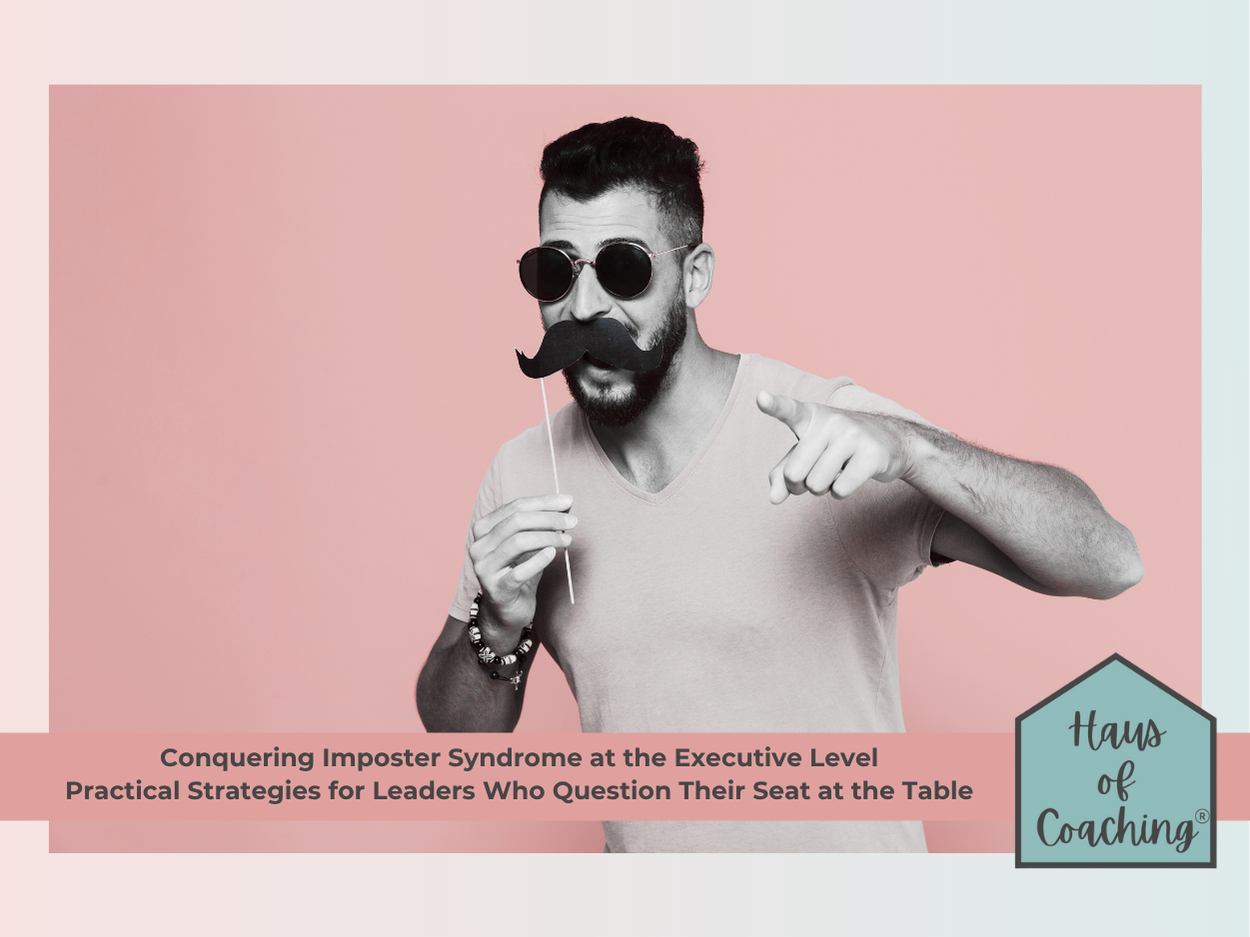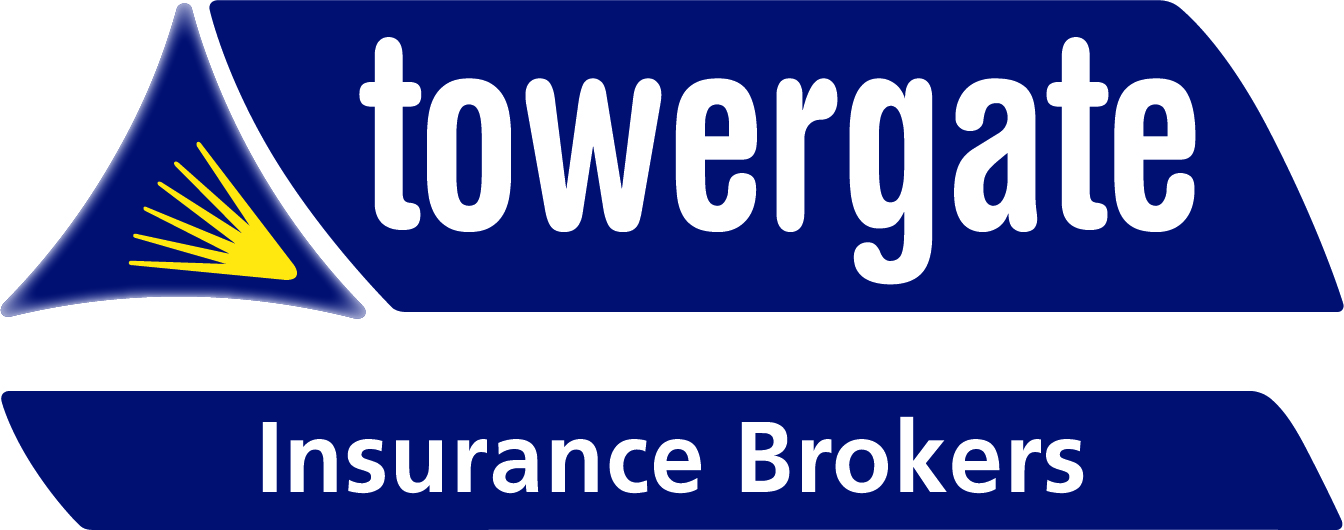

Conquering Imposter Syndrome at the Executive Level
Taking on a senior role can feel a lot like being handed the keys to a spaceship and being told, “Go for it!” On the surface, you appear poised and confident in the boardroom, but inside, you might hear that persistent whisper: “They’re going to realise I don’t know what I’m doing.”
One of our clients – let’s call her “Sarah”—walked into her first executive-level coaching session looking every inch the leader. Impeccably turned out, poised and professional. But when the door closed behind her, she exhaled and quietly admitted, “I keep waiting for someone to realise I’m not supposed to be here.”
If that sounds familiar, take comfort in this: you’re far from alone. Many senior leaders – from CEOs and partners to founders – confess to fleeting moments of that creeping self-doubt. They second-guess choices, compare themselves to peers or feel the need to over-deliver to vindicate their place. The transition to the ‘top table’ often magnifies our insecurities: tasks shift from what you used to be brilliant at, to navigating strategy, people and ambiguity. Your old anchor points vanish and you’re left feeling unmoored.
Let’s pull back the curtain and explore several practical coaching tools that truly help.
Why the Transition Feels Rockier Than Before
Change is exciting, but it also shakes your foundations. Moving into senior leadership often means shaking off what you were known for: the familiar, the measurable, the “safe” zone. Instead of being the go-to expert for tasks, you become the decision-maker dealing with strategy, culture, stakeholder dynamics and complexity.
One client described the shift like this: “I used to know exactly where my value-add was. Now the diary is full of board papers, investor calls, leadership dynamics I’ve never handled – suddenly I’m asking myself ‘what am I good at anymore?’”
Here’s the insight: feeling shaky doesn’t mean you’re unfit. It means you’re learning. Give yourself permission to wobble. It’s part of your evolution as a leader.
Start with Building Trust in Yourself
Your team takes their cues from you – your body language, your tone, your choice to lean in or hold back. If you don’t believe in yourself, it will show, and so will the cracks in your leadership presence. But self-trust isn’t built by repeating empty affirmations or plastering on confidence when you don’t feel it. Real self-trust stems from noticing your past wins and proving to yourself you can rely on your abilities.
Try this simple exercise:
-
Write down 3 occasions where you stepped up under pressure.
-
Note what strengths you deployed, and what the outcome was.
-
Keep that list somewhere visible and revisit it when your inner critic pipes up.
You didn’t accidentally land in this role. Others saw what you could bring – now it’s time you did too.
Redefine What “Competence” Looks Like
In earlier career phases, competence often meant having all the answers. In senior leadership, it’s less about ‘having all the answers’ and more about creating the space for others to find them.
One finance director confessed: “I used to know the solution for everything. Now I’m asking questions – and I feel like I’m adding no value.”
But here’s the good news: that shift is value. Being the person who asks the right question, who enables clarity, who designs the environment for others to shine – that is leadership. So if you feel like you’re no longer the ‘expert’, reframe it: you’re now the expert in designing and trusting in expertise around you.
Be Real – Talk About It Honestly
There’s a myth in the exec world that confidence means never doubting yourself, never stepping back, never admitting you’re unsure. In reality, the opposite breeds stronger teams.
When you share (judiciously) that you’re finding your feet in your new role, you demonstrate self-awareness and authenticity. You also give your team permission to be human – to acknowledge their own learning curves. That kind of environment fosters alignment, trust and ownership far better than a façade of facetious perfection.
Action Builds Confidence – Not the Other Way Round
Waiting until you feel confident before making a decision or leading a conversation is like waiting for the sea to calm before learning to swim. Confidence is not a prerequisite—it’s a by-product of action. Every meeting you lead. Every decision you make. Every time you stand up, despite the inner voice of doubt – that builds capability. Over time, that whisper quietens and you realise you did belong, the people who chose you weren’t mistaken – they knew something you didn’t fully see yet.
Final Thought: Coaching Your ‘Imposter Voice’ Away
If you’ve recently stepped into the executive ranks (or are about to) and that little voice of “I don’t belong” is partnering you daily – here’s what to remember: Every leader you admire has sat where you’re sitting now. The difference is – they didn’t wait for the doubt to vanish. They learnt to lead through it – and so can you.
Ready to Tackle Your Own Imposter Voice?
If any of this resonates, and you’re ready to build genuine confidence in your leadership, let’s talk. Through tailored executive coaching, we’ll work together to quiet the self-doubt, amplify your impact, and help you lead with clarity and conviction. Get in touch today to explore how coaching can support your growth at the top and remind you exactly why you deserve your seat at the table.
Email: hello@hausofcoaching.com
Visit: hausofcoaching.com









